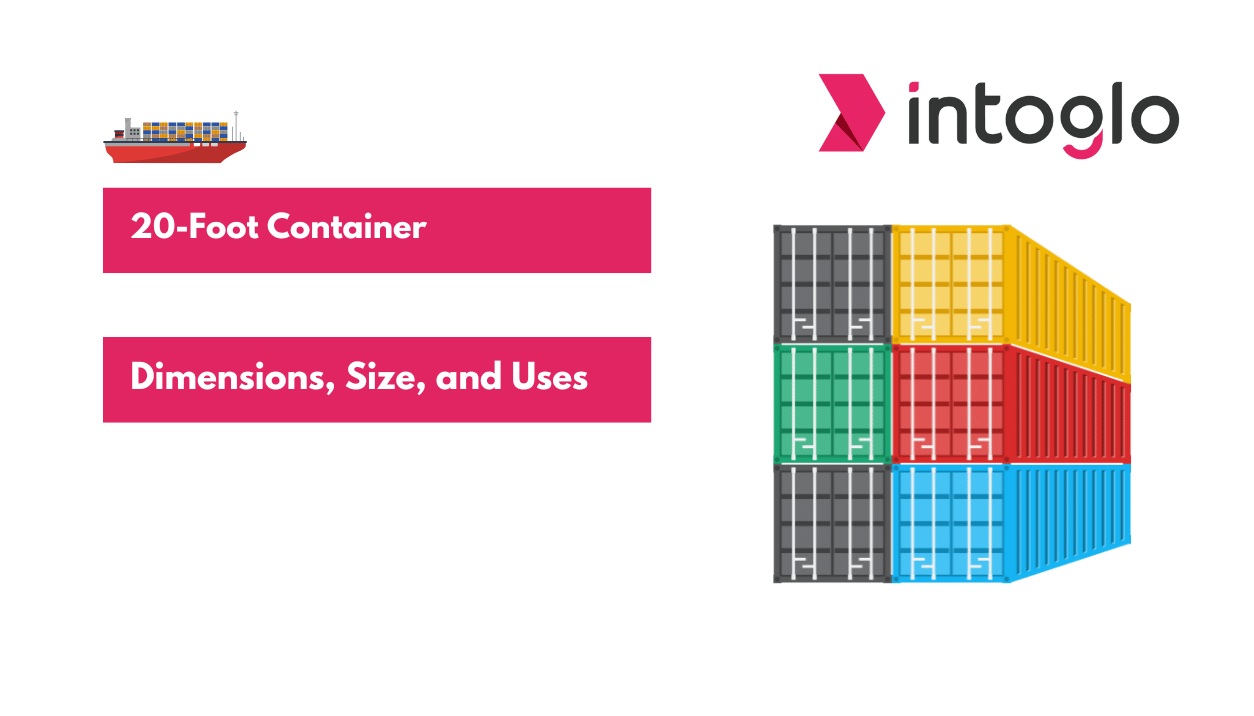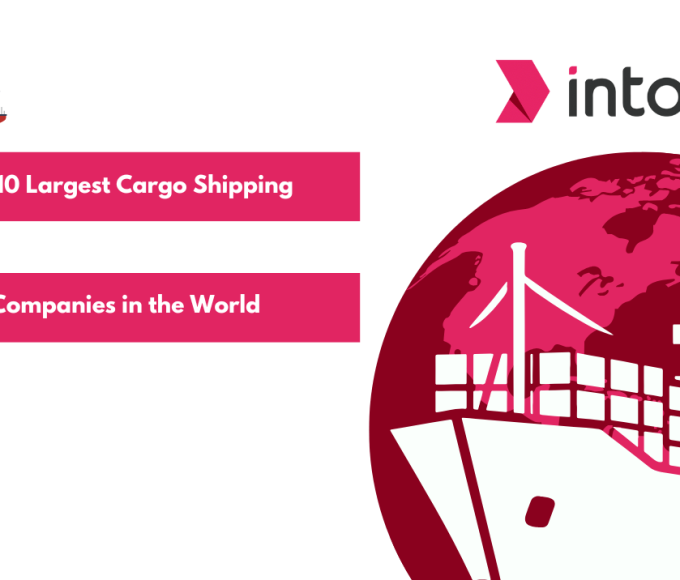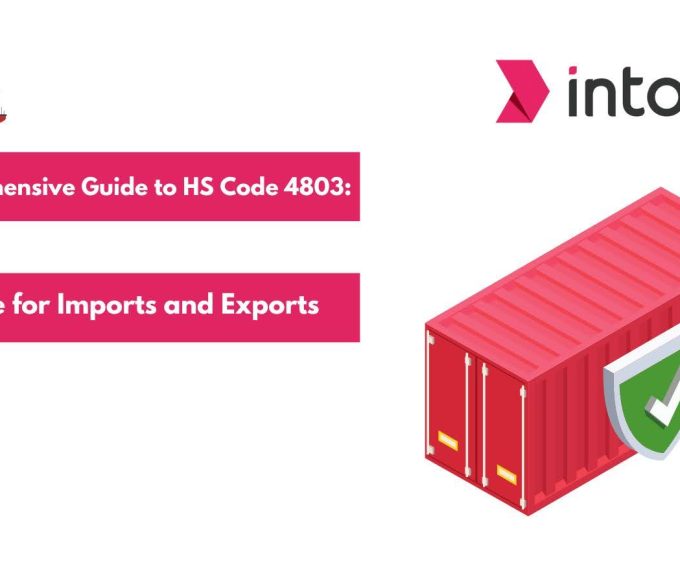Selecting the correct size for shipping containers is an important aspect of logistics and supply chain management. The right container size not only optimizes shipping costs but also ensures the safe and efficient transportation of goods. Among the various container sizes available, the 20-foot container, also known as “Dry Van”, is one of the most commonly used containers along with the 40-foot container due to its versatility and practicality.
Measuring 20 feet in length, it offers a compact yet spacious solution for transporting a wide range of dry goods. This container size strikes a balance between capacity and mobility, making it ideal for various applications. From transporting raw materials and manufactured goods to serving as storage units and even temporary offices, 20-foot containers are indispensable in the world of shipping and logistics.
In this article, we will delve into the dimensions, size, and uses of 20-foot containers, with a comprehensive understanding of why they are valuable in global trade and logistics.
Dimensions of a 20-Foot Shipping Container
Shipping containers are standardized to ensure uniformity and ease of use in global transport. Let’s delve into the specific dimensions of a 20-foot shipping container.
1. Standard Shipping Container Sizes
Shipping containers come in various standard sizes to meet different logistical needs. The most common sizes are 20-foot and 40-foot containers. These sizes are standardized by the International Organization for Standardization (ISO) to ensure they fit on ships, trucks, and trains without issue. This standardization facilitates efficient loading, unloading, and stacking during transport.
2. Exterior and Interior Dimensions
Exterior Dimensions: A standard 20-foot shipping container has the following exterior dimensions:
- Length: 20 feet (6.058 meters)
- Width: 8 feet (2.438 meters)
- Height: 8 feet 6 inches (2.591 meters)
Interior Dimensions: The interior dimensions of a standard 20-foot shipping container are slightly smaller due to the thickness of the walls and roof:
- Length: 19 feet 4 inches (5.898 meters)
- Width: 7 feet 9 inches (2.352 meters)
- Height: 7 feet 10 inches (2.393 meters)
These dimensions provide ample space for a variety of goods, ensuring efficient use of the container’s volume.
Weight and Volume Capacity of a 20-Foot Shipping Container
Understanding the weight and volume capacity of a 20-foot shipping container is essential for optimizing its use in shipping and storage.
1. Payload Capacity and Loadable Volume
- Payload Capacity: The payload capacity of a container refers to the maximum weight of cargo it can safely carry. For a standard 20-foot container, the payload capacity is typically around 55,126 pounds (25,000 kilograms). This capacity allows the transport of heavy goods and bulk materials without exceeding safety limits.
- Loadable Volume: The loadable volume of a 20-foot container is approximately 1,169 cubic feet (33.1 cubic meters). This volume is the usable space within the container, taking into account the interior dimensions. It is crucial for planning how much cargo can fit inside the container.
2. Tare Weight, Floor Space, and Storing Capacity
- Tare Weight: The tare weight is the weight of the empty container itself. A standard 20-foot container has a tare weight of about 4,850 pounds (2,200 kilograms). This weight must be considered when calculating the total weight of the loaded container to avoid exceeding transport limits.
- Floor Space: The floor space of a 20-foot container is approximately 160 square feet (14.86 square meters). This measurement helps in planning the layout and arrangement of goods within the container, ensuring efficient use of space.
- Storing Capacity: The storing capacity refers to how much cargo can be accommodated within the container’s dimensions and weight limits. The efficient rectangular shape and standardized dimensions of a 20-foot container make it ideal for storing a wide range of goods, from industrial equipment to household items.
Step-by-Step Guide on Calculating the Cubic Meters (CBM) for a 20-Foot Container
Calculating the cubic meters (CBM) of a 20-foot container is essential for maximizing space utilization and ensuring efficient logistics. Here’s a step-by-step guide to help you calculate the CBM, along with a practical example.
Step 1: Understand the Container’s Dimensions
For a standard 20-foot container, the approximate interior dimensions are:
- Length: 5.898 meters
- Width: 2.352 meters
- Height: 2.393 meters
Step 2: Calculate the Interior Volume
To calculate the CBM, multiply the interior dimensions (length, width, and height) of the container.
Formula: CBM=Length×Width×Height
Step 3: Apply the Formula
Using the dimensions provided:
CBM=5.898 meters×2.352 meters×2.393 meters
Step 4: Perform the Calculation
Multiply the values step-by-step:
Multiply the length and width: 5.898×2.352=13.873 square meters
Multiply the result by the height: 13.873×2.393=33.195 cubic meters
So, the interior volume of a standard 20-foot container is approximately 33.195 CBM.
Practical Example
Suppose you need to ship boxes with the following dimensions:
- Length: 0.5 meters
- Width: 0.4 meters
- Height: 0.6 meters
Step 1: Calculate the volume of one box
Volume of one box=0.5×0.4×0.6=0.12 cubic meters
Step 2: Determine how many boxes fit into the container
To find out how many such boxes can fit into the container, divide the container’s CBM by the volume of one box:
Number of boxes= CBM of container/ Volume of one box
=33.195/0.12
=276.625
Since you can’t have a fraction of a box, you can fit approximately 276 boxes into a 20-foot container.
Types of 20-Foot Containers
When it comes to shipping and storage, selecting the correct type of container is crucial. Let’s dive into the different types of 20-foot containers and understand their unique features and uses.
1. Standard vs. High-Cube Containers
- Standard Containers: These are the most common used containers in shipping. A standard 20-foot container has dimensions of approximately 8 feet width, 20 feet length, and 8.5 feet height. They are versatile and can contain a wide range of goods, from dry cargo to household items.
- High-Cube Containers: While similar in length and width to standard containers, high-cube containers offer extra vertical space. Standing at about 9.5 feet high, they provide an additional foot of height, making them ideal for transporting bulkier items or goods that require more storage space. High-cube containers are especially beneficial for businesses needing to maximize space without increasing the container’s footprint.
2. Special-Purpose Containers
- Double-Door Containers: These containers have doors on both ends, facilitating easier loading and unloading. They are perfect for items that need to be accessed quickly or when loading and unloading in tight spaces.
- Flat-Rack Containers: Designed without sidewalls, flat-rack containers are ideal for oversized cargo that won’t fit in a standard container. They can carry heavy machinery, vehicles, and construction materials. Some flat-rack containers are collapsible, allowing for easier storage when not in use.
- Side-Open Containers: Featuring doors that open on the container’s side, these are perfect for cargo that is difficult to load through the traditional end doors. They provide greater flexibility and ease of access, especially for goods loaded with forklifts.
3. One-Trip and Used Shipping Containers
- One-Trip Containers: These containers are manufactured overseas, filled with cargo, and shipped to their destination. After this single trip, they are sold as new or nearly new containers. They are typically in best condition, with less wear and tear, making them a good choice for businesses seeking long-lasting, reliable containers.
- Used Shipping Containers: These have been in circulation for several years and show signs of use. However, they remain structurally sound and are a cost-effective option for those needing storage solutions on a budget. Used containers can be refurbished and modified to suit specific needs, offering versatility and affordability.
Uses of 20-Foot Shipping Containers
20-foot shipping containers are incredibly versatile, serving a wide range of purposes beyond their traditional role in transportation. Let’s explore their common uses in transport:
- Global Shipping: The primary use of 20-foot containers is in international shipping. Their standardized dimensions make them perfect for transporting goods by sea, rail, and road. These containers protect cargo from the elements and ensure efficient handling and storage during transit.
- Intermodal Transport: 20-foot containers are ideal for intermodal transport, seamlessly moving between ships, trucks, and trains without unloading the contents. This efficiency reduces handling time and costs while ensuring goods reach their destination intact.
- Bulk Transport: These containers are often used to transport bulk goods such as grains, chemicals, and raw materials. Their robust construction and secure locking mechanisms keep cargo safe during long journeys.
Limitations and Challenges of 20-Foot Cube Containers
While 20-foot cube containers are highly versatile and widely used, they do come with certain limitations and challenges. Learning these can help businesses and individuals make factual decisions about their use and ensure efficient logistics and storage operations.
1. Limited Space
- Volume Constraints: A 20-foot container provides approximately 1,169 cubic feet of loadable volume. While this is sufficient for many applications, it can be restrictive for larger or bulkier items. Businesses may need to use multiple containers or opt for larger sizes, such as 40-foot containers, to accommodate their cargo.
- Weight Restrictions: Although 20-foot containers can carry up to 55,126 pounds of payload, exceeding this limit can compromise safety and may result in penalties. Heavy goods need to be carefully distributed within the container to avoid damaging the container or the cargo.
2. Handling and Transportation
- Port and Equipment Limitations: Not all ports and logistics providers have the equipment to handle 20-foot containers efficiently. Some facilities are better equipped for larger containers, which can lead to delays or additional handling costs.
- Intermodal Transport Challenges: While 20-foot containers are designed for intermodal transport, transferring them between different modes (e.g., ship to rail to truck) can present logistical challenges. Ensuring compatibility with all transport modes requires careful planning and coordination.
3. Environmental Impact
- Resource Intensive: The production and disposal of shipping containers involve significant resources and energy. While repurposing used containers can mitigate this impact, the initial manufacturing process still has environmental consequences.
- Transport Emissions: The transport of 20-foot containers, particularly over long distances, contributes to carbon emissions. Businesses aiming for sustainability may need to explore alternative, eco-friendly transport methods or offset their carbon footprint.
For such businesses it is advisable to look for freight forwarders who are committed to sustainability. Intoglo aims to decrease the environmental impact of shipping by offering you an eco-friendly transportation choice.
4. Adaptability and Modifications
- Customization Costs: While 20-foot containers are adaptable for various uses, significant modifications (e.g., converting into housing or retail spaces) can be costly. These modifications require skilled labor and materials, potentially making the final product more expensive than traditional construction methods.
- Structural Limitations: Modifying containers for non-standard uses can compromise their structural integrity. Accurate planning and engineering are needed to ensure that alterations do not weaken the container or make it unsafe for its intended use.
While 20-foot cube containers offer numerous benefits, including versatility and durability, they also present several limitations and challenges. Businesses and individuals must carefully consider factors such as space constraints, handling and transport logistics, environmental impact, security concerns, adaptability, and regulatory compliance. By addressing these challenges proactively, users can optimize the use of 20-foot containers and harness their full potential in a variety of applications.
Conclusion
Selecting and utilizing 20 foot containers for diverse needs involves careful consideration of the cargo’s nature, weight, and volume. By accurately calculating the CBM, businesses can ensure efficient loading, avoid overloading, and comply with international shipping regulations.
For businesses looking to streamline their logistics and ensure seamless door-to-door shipments, Intoglo offers comprehensive FCL (Full Container Load) door to door services from India to the USA. Intoglo works directly with top-tier shipping lines such as Hapag-Lloyd, Maersk, and CMA CGM and has secured bookings for 20 GP (general purpose) containers at contract rates on premium carriers. This direct collaboration allows Intoglo to offer competitive pricing while ensuring that your goods are transported efficiently and securely.
With expertise in handling each kind of cube container and a commitment to excellence, Intoglo ensures that your goods are transported efficiently and securely. Leveraging Intoglo’s services can enhance your supply chain operations, providing peace of mind and reliability in every shipment.









Leave a comment